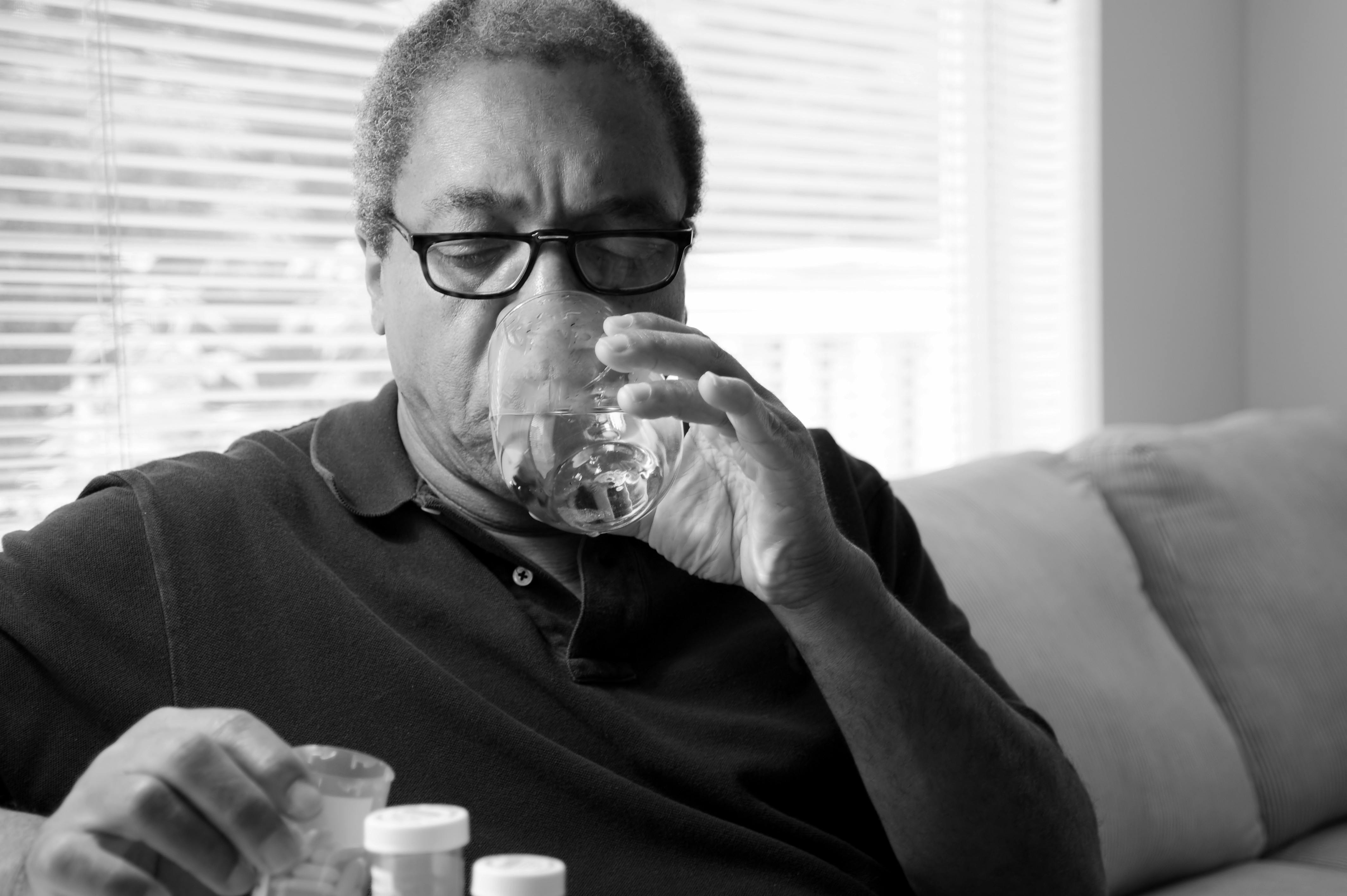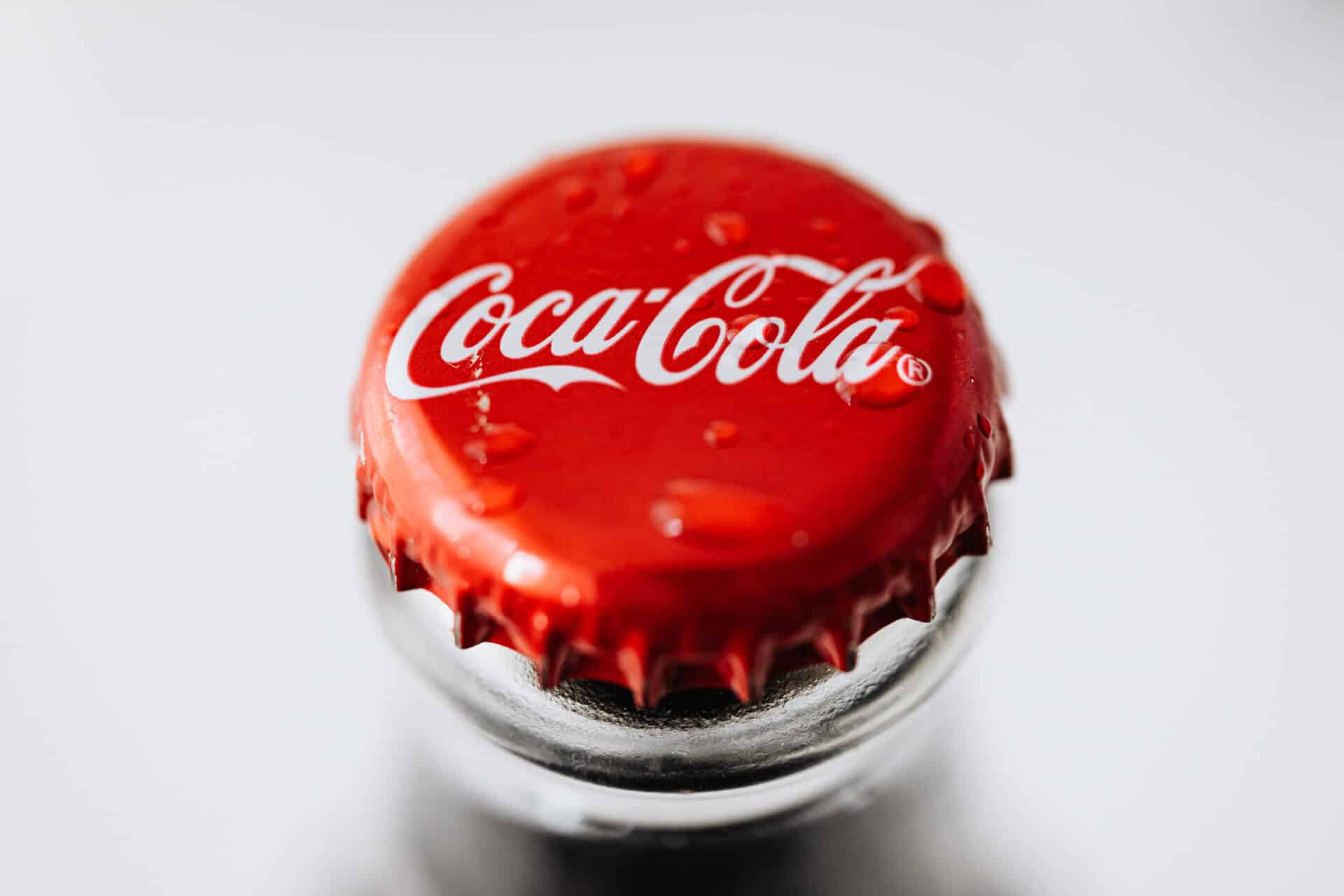Bottled drinking water and distilled water are often confused for each other due to their similar clear appearance. However, the two types of water are actually quite different, as they undergo different purifying processes and can be used for different purposes. In this article, we’ll explore the differences between bottled drinking water and distilled water so that you can make an informed decision when it comes to choosing between them.Bottled drinking water is water that has been put into bottles or other containers and is intended for human consumption. It may come from sources such as springs, wells, lakes, rivers, or oceans. Bottled water is generally considered to be safer than tap water and may be treated further to make it even safer. It also usually has a longer shelf life than regular tap water.
What Is Distilled Water?
Distilled water is water that has been purified through a distillation process. This process involves boiling the water and then condensing the steam into a clean container, leaving impurities behind. The result is pure, clean water with no minerals or other contaminants that can be harmful to human health. Distilled water is commonly used in medical settings, laboratories, and other places where pure water is essential. It can also be used for drinking, cooking, and other household needs.
Distillation removes the minerals from water that can cause bad tastes and odors as well as other health problems. It also removes certain metals such as lead, copper, and arsenic from the water which can be dangerous if consumed in large amounts. Distilled water does not contain any of these contaminants so it is safe for human consumption. In addition to being safe for drinking, distilled water can also be used for cleaning dishes and clothes without leaving any residue behind.
While distilled water does not contain any of the beneficial minerals found in regular tap or spring water, it does have its own benefits. Since it is free from chemicals and impurities that can cause
Bottled Drinking Water Purified?
Yes, bottled drinking water is purified. Bottled water typically goes through a rigorous purification process that removes contaminants and impurities. This process includes filtration, reverse osmosis, distillation, and ultraviolet light treatment to remove bacteria and other microorganisms. It also removes most chemicals, including chlorine and fluoride compounds. The result is safe drinking water that meets or exceeds public health standards. Bottled water companies are required to adhere to strict guidelines set by the Food and Drug Administration (FDA).
The FDA requires bottled water companies to disclose detailed information about their production processes on the label of each product. This information must include the source of the water used in production, the purification methods used, and any added minerals or other substances. Consumers can use this information to make informed decisions about which bottled water they choose.
In addition to meeting FDA standards for purity, bottled water companies must also adhere to any local or state regulations that may be in place regarding source location or quality standards. These regulations vary from jurisdiction to jurisdiction but are typically designed to ensure safe drinking water for consumers. As a result,
Is Distilled Water Purified?
Yes, distilled water is purified water. Distillation is a process that removes impurities from water by boiling it and then cooling and condensing the resulting vapor into a clean, safe drinking water. Distillation removes bacteria, viruses, heavy metals, salts, and other contaminants from the water. The process of distillation also removes minerals and other dissolved solids from the water. This makes distilled water taste different than regular tap or bottled water since it has fewer minerals and dissolved solids. However, distilled water is still safe to drink as it does not contain any harmful chemicals or contaminants.
Distilled water is often used in medical settings and laboratories as it is free of bacteria and other contaminants that can interfere with experiments or medical treatments. It is also often used in steam irons as regular tap or bottled water can leave deposits on the metal surfaces due to its mineral content. Distilled water can also be used for car batteries as it helps to prevent corrosion of car battery terminals due to its lack of minerals.
Overall, distilled water is a great option for individuals who are looking for pure drinking water without any added chemicals or
Bottled Drinking Water vs Distilled Water
Bottled drinking water and distilled water are two popular types of filtered water that are widely available. Both have their own unique benefits, but there are some key differences between them that should be considered before deciding which one is right for your needs.
When it comes to bottled drinking water, it is typically sourced from local springs or wells and is treated with a filtration process to remove bacteria and other contaminants. This makes it safe to drink, though it may contain some minerals that give it a distinct taste.
Distilled water, on the other hand, is made by boiling water and then condensing the steam back into liquid form. This removes virtually all impurities from the water, making it nearly pure H2O. While this makes it a great choice for those who want clean, pure-tasting water, it also means that any beneficial minerals present in the original source of the water will be absent in the final product.
When deciding between bottled drinking water and distilled water, consider your own individual needs and preferences. If you

Similarities Between Bottled Drinking Water and Distilled Water
Both bottled drinking water and distilled water are derived from natural sources, such as surface water, ground water, and even the atmosphere. Both bottled drinking water and distilled water are purified to remove contaminants, such as bacteria and other microorganisms, before they are sold for consumption. The purification processes used for both types of water are very similar. Both bottled drinking water and distilled water undergo a process of filtration that removes impurities from the original source. This filtration process can involve reverse osmosis, activated carbon filtering, or ultraviolet light. After filtration, both bottled drinking water and distilled water may also be treated with chemicals to disinfect any remaining microorganisms in the liquid. Finally, both types of water may be further treated with ozone or ultraviolet light to ensure that no harmful contaminants remain in the final product.
Despite these similarities in the purification processes used for both bottled drinking water and distilled water, there are some significant differences between them as well. Distilled water is further processed than bottled drinking water by boiling it at high temperatures to evaporate it into steam before
Health Benefits of Drinking Bottled Drinking Water
Drinking bottled drinking water can provide numerous health benefits. It is an excellent source of hydration, as it is free from bacteria and other impurities that may be present in tap water. Bottled drinking water also contains essential minerals such as calcium and magnesium, which are important for healthy bones and teeth. Additionally, consuming bottled drinking water helps to balance the body’s pH levels, which can help reduce the risk of illnesses such as cancer and heart disease. Furthermore, drinking bottled drinking water can aid in digestion and help to flush out toxins from the body.
Health Benefits of Drinking Distilled Water
Distilled water has its own health benefits as well. It is free from impurities and contaminants, making it a great option for those who want to avoid ingesting harmful substances. Additionally, distilled water does not contain any minerals or other compounds that can interfere with the body’s processes, making it very safe to consume. Distilled water also helps to maintain electrolyte balance in the body, which is important for overall health and wellbeing. Finally, drinking distilled water can help keep the kidneys functioning
Bottled Drinking Water
Bottled drinking water is typically packaged in plastic or glass containers of various sizes, ranging from small single-serving bottles to large 5-gallon jugs. The size of the containers used for bottled drinking water typically depends on the intended use and preference. Generally, smaller bottles are more convenient for carrying around and drinking on the go, while larger containers are better suited for home use or large gatherings. Plastic bottles are usually lightweight and shatterproof, making them a popular choice for everyday use. Glass bottles offer a more durable and aesthetically pleasing option, but they can be heavier and more prone to breaking.
Distilled Water
Distilled water is often packaged in much the same way as bottled drinking water, with plastic or glass containers ranging in size from small single-serving bottles to large 5-gallon jugs. However, due to its higher purity level, distilled water is often sold in smaller quantities than regular drinking water. In addition, some manufacturers offer distilled water in convenient resealable bags that can be stored in the refrigerator until ready for use. This makes it easier to keep

Conclusion
Bottled drinking water and distilled water are not the same. Bottled drinking water is water that has been filtered and treated to make it safe for human consumption. Distilled water is a type of purified water that has had all of its impurities removed through the process of distillation. While both types of water are safe to drink, they have different benefits and drawbacks. Distilled water is ideal for certain applications, such as medical treatments, where purest form of H2O is desired. However, bottled drinking water is often preferred by consumers as it contains important minerals and nutrients that are lost during the purification process when making distilled water.
Ultimately, the choice between bottled drinking and distilled water comes down to personal preference and individual needs. Both types of waters can be used safely for drinking and cooking purposes.

